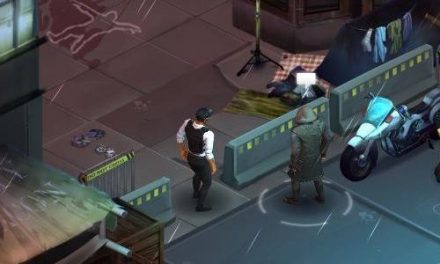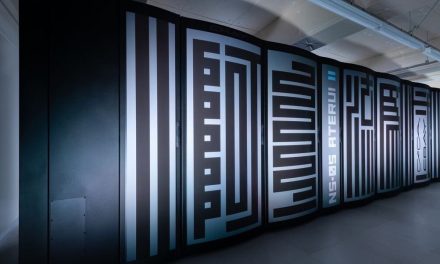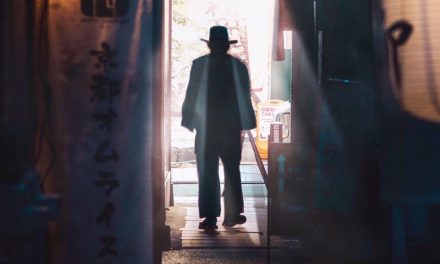I have a great deal of respect for the minds behind the Shadowrun role-playing game, first released by FASA in 1989, and their commitment to giving their dystopian future a grim reality while leaving plenty of opportunities for levity and lightheartedness. They did much to define the world and the major movers and shakers of society, but left quite a bit of the individual story to the imagination of its players, even now thirty full years and five major versions later.
When people express interest in playing Shadowrun, it’s common to ask “pink Mohawks or mirror shades?” as shorthand to determine what kind of game they prefer to play in; do they prefer an action-packed, balls-to-the-wall story filled with enough explosions to make classic Hong Kong action films jealous, or do they enjoy the stealthy, covert approach to missions? Both are equally valid ways to play the game, and though I certainly have my own preference, I’m not going to fault someone for earnestly enjoying a game in a different way than I do.
That said, when getting a game together—and this is a topic about which I’ve written before—it is very important to make sure everyone agrees about the type of game they want to play. If the players, or players and game master, are split on the type of role-play experience they’re looking for, the campaign is all but doomed to failure born from internal conflict and frustrations.
Over the past three decades I have run and played in Shadowrun games that fall squarely into one category or the other, and even a few which tried to (unsuccessfully) strike a balance. My goal in writing this post was to bring you two stories from my time in the fantastical streets of Seattle, circa 2050-2080.
I don’t think it will be difficult to see which story comes from what kind of game.
After a little consideration I’ve decided to split the entries out into their own posts; they were getting lengthy enough to merit that distinction.
Header image taken by omi, a street and nightlife photographer based out of Japan.














